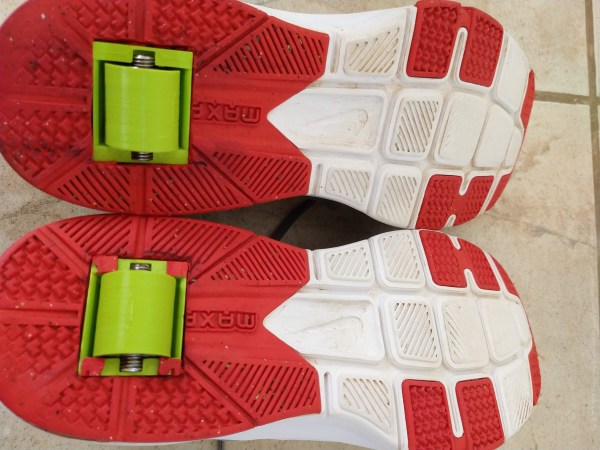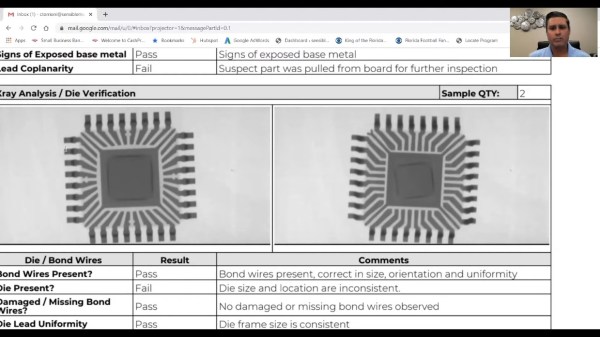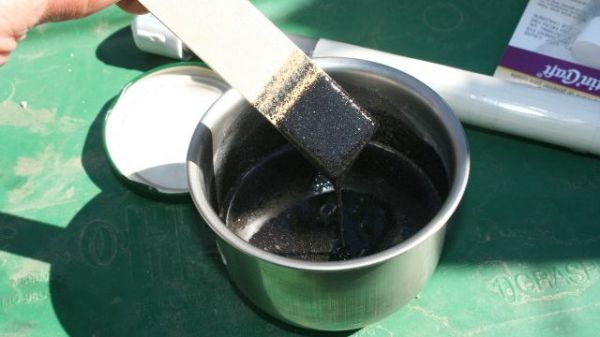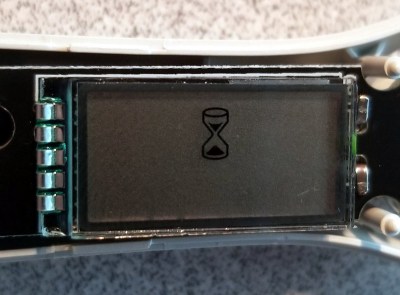Remember Heelys, the shoes with wheels in the heels? Just lift up your toes, and away you go. We were at least ten or fifteen years older than the target demographic, but got a pair anyway just to please our inner child and have some fun. Young kids would wear them everywhere and zip around inside stores to the annoyance of everyone but other young kids. We imagine some shopkeepers got to the point where they could spot the things as they walked in the door and nipped the skating party in the bud.
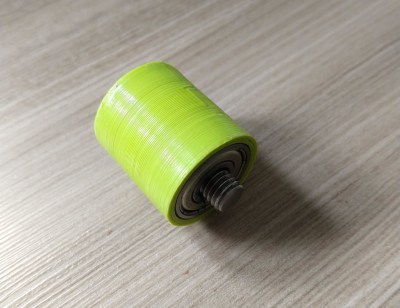 [DevNerd] has conceived of the ultimate plan: if you make your own Heelys, no one necessarily has to know unless you start rolling around. [DevNerd] started by cutting some large, 20mm-deep holes in the bottoms of a pair of Air Jordans and printed a sturdy wheel and a box frame for support.
[DevNerd] has conceived of the ultimate plan: if you make your own Heelys, no one necessarily has to know unless you start rolling around. [DevNerd] started by cutting some large, 20mm-deep holes in the bottoms of a pair of Air Jordans and printed a sturdy wheel and a box frame for support.
Each wheel has a bearing on both ends that spin on a threaded rod. We’re not sure why [DevNerd] went with threaded rod, because it seems like that would prematurely wear out the frame box.
Don’t want to cut up your shoes, but want some sweet roller kicks for the daily commute down the hall? You could always make them out of pallet wood.

